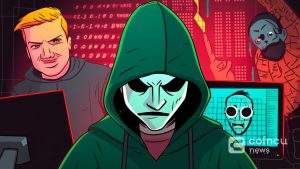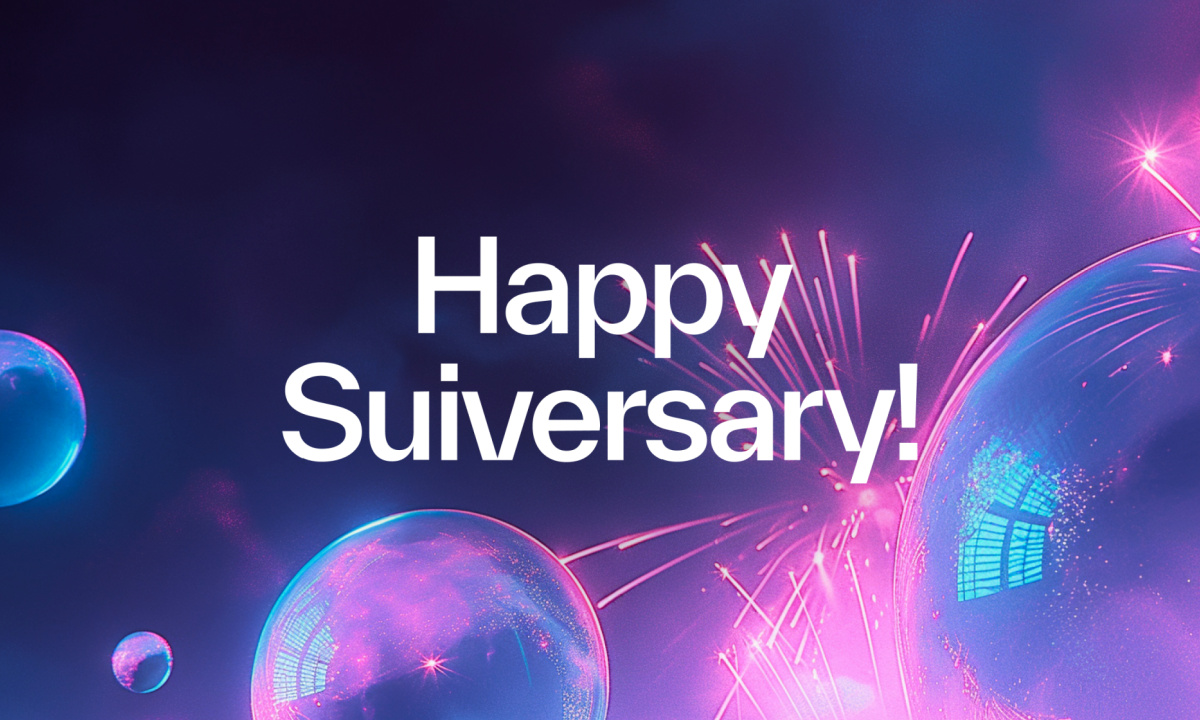
The path to crypto adoption. Unusable tokens (NFTs) are evolving from a niche issue to a mainstream conversation. The variety of NFT art – from cuddly to angular to threatening – attracts a new audience of enthusiasts. Beyond art, NFTs offer a glimpse into a new class of social interaction.
Shaped as microsocial networks, NFTs can pave the way to a new form of social media based on creativity, ownership and donation.
Groups act as the heart of NFTs. Projects
Dozens of Discord and Telegram groups appear every week to support new NFT projects. These groups act as a point of contact for a project and help people connect and learn more about the NFT room. A quick listen to a Twitter Spaces conversation with one of these groups shows great interest in NFT. Some members are seasoned crypto users, many are new to NFT, and some have never used crypto. For first-time users of cryptocurrencies, these groups create a more user-friendly experience that reduces the fear of getting started with cryptocurrencies.
The conversations in these groups show a common interest in digital self-expression and a desire to connect with a community of like-minded people. Community values are often formed around artistic quality, rarity and ideas that correspond to the energy emerging in the community. Like other forms of social collaboration, these groups usually had recognizable leaders interested in developing and nurturing the community. These members set the tone, help organize the community, and ensure that the community’s rules are enforced.

Each group sets their own roles, values, and codes of conduct – often to reflect animal characteristics or ideas in NFT artwork. Ape Island Apes shares monkey memes, Degen Yetis caresses each other with sentences like “Haha, Yeti” and CryptoDads shares their best father jokes. There is a common vocabulary for insiders across groups. Almost all groups greet each other with “gm”, an acronym for “good morning” popular by CryptoTwitter.
And it’s common to see comments like “seems rare” – a happy compliment or an insult to the rarity of an NFT. This type of joke is the lifeblood of the NFT community and, for many enthusiasts, replaces the endless scrolling of Facebook and Instagram.
The world enters the metaverse
The major social media platforms have reached a turning point. Regulatory concerns about digital privacy and falling user confidence raise questions about the future of these popular platforms. As the world enters a new phase of digital interaction – what some call the metaverse – users are looking for forms of expression and interaction that do not require giving up digital privacy.
Similar: Just buy: Nike wants to bring sneakerheads to the Metaverse
NFT could be a step towards new social interactions, a concept that may not be as far-fetched as one might imagine. TikTok recently announced a developer-led NFT collection, Twitter is applying NFT verification to profiles, and Coinbase is launching the NFT marketplace. These pointers, aimed at a mainstream audience, can increase our chances of making NFT an important part of our social connections. The major social media will continue to play some role, but the ideas that are forming in NFT communities highlight a new kind of social interaction based on NFT rather than followers and followers.

Benefits beyond monetary value
All municipalities compete for project awareness as this can lead to an increase in the “lower price limit” – the average value of an NFT on the secondary market. Beyond the average price, the most progressive communities are thinking about how to add value to their members through exclusive perks and access. This type of membership bonus is a wide open way of adding value beyond the monetary value of the NFT.
Related: Beyond the Hype: The real value of the NFT has yet to be determined
The use of coffers funded by project revenue is becoming more common as communities try to implement their ideas. At the time of this writing, Noun has 13,722 Ether (ETH) in its coffers – an amazing amount for a decentralized community built around NFT. CryptoDads is brewing beer and CyberKongz is building a banana machine that generates more NFTs. Adding widgets to NFT projects dominated by profile pictures and memes doesn’t seem intuitive. However, as these communities mature, they find creative ways to align their actions with common values.

DAOs and governance redesign
When groups sought to revolve around community decision-making, the need for governance fueled the idea of a decentralized autonomous organization (DAO). The Noun community is reinventing governance through NFT ownership by giving its members a “one token, one vote” approach. Members with at least 1% of the token offering can submit proposals for the community to vote on. With the decentralized World Wide Web taking center stage, DAOs become an important part of the conversation. The combination of NFT with a governance structure appears to be a natural alignment of values that benefit community ownership and participation.
Related: DAO will be the future of online communities five years from now
A new social code – driven by personal responsibility and collaboration – is embedded in the ethos of the NFT culture. While the history of NFT is still in its infancy, it is clear that social class drives adoption. NFT could prove to be a necessary catalyst to usher in a new wave of crypto users.
Nick Casares is Product Manager at PolyientX. The focus of his work is on supporting early-stage teams in their search for the product-market fit. For the past decade, Nick has worked as a product manager, UX consultant, startup coach and community builder.
.
.











